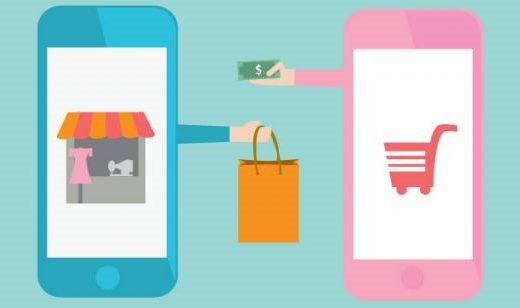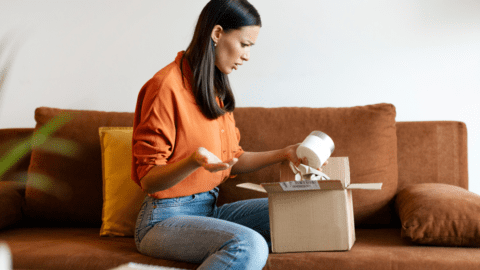Today’s shoppers now expect to be able to shift from one channel and device to the next at any time, especially with the prevalence of mobile. This cross-channel environment is the new norm, as 43% of all purchases made between February and October 2014 combined store and online interactions, according to the 2015 UPS Pulse of the Online Shopper Global Study.
These consumers want to be in control of the path-to-purchase, from retailer selection and product reviews to delivery options and returns, and are known as “flex shoppers.” UPS, in conjunction with comScore, released the second annual study, which revealed emerging e-Commerce shopping trends in five markets: Asia, Brazil, Europe, Mexico and the U.S.
The flex shopper shops efficiently, switching channels and devices to best suit personal convenience when researching, evaluating and purchasing products. Because these shoppers can access product information throughout numerous sources, retailers must create near-perfect experiences across every channel.
“As technology develops and consumer expectations change, these flex shoppers want convenience and comprehensive information when making purchases online,” said Scott Aubuchon, VP of Marketing at UPS Europe.
The global online shopper is taking more interest in alternative delivery and payment options. In fact, just under half of Asian (46%), Brazilian (45%) and Mexican (44%) shoppers prefer retailers to deliver orders to a local store or carrier location so they can pick up and receive their packages there.
“Consumers demand more from their package delivery experience,” said Alan Gershenhorn, EVP and Chief Commercial Officer at UPS. “Today’s online shopper expects us to respond by creating solutions that are convenient for them.”
Overall, U.S. shoppers are the most satisfied (83%) with their online shopping experience, while Asians are least satisfied (46%). When it comes to the store, Mexican shoppers are most satisfied (73%) with their experience, whereas Asians again show the least satisfaction (43%) with the process.
Shoppers also place value on free shipping, with 74% of global consumers rating this as an important factor throughout the purchase process. Consumers also view ship-to-store as an appealing convenience across all global markets, while email and text delivery alerts that inform shoppers of the approximate time of delivery are the most convenient service.
When it comes to returns, American shoppers value a hassle-free “no questions asked” return policy (58%) far more than their international counterparts do, with European respondents coming in second at 43%. For the most part, global consumers have had to pay for return shipping at some point, with Americans (63%) and Asians (60%) dealing with this issue the most.
Profiling The Flex Shopper
The report divided each of the five regions into unique styles to profile consumers in each market:
- American, or “Contemporary Style,” shoppers enjoy online and in-store trends but are not always ahead of the pack in technology adoption and usage. Free shipping continues to drive these shoppers’ purchasing decisions, with 58% adding items to their shopping cart in order to qualify for the incentive. Further, 83% are willing to wait an additional two days for delivery if shipping is free. They also make purchases on tablets more than any other market;
- Mexican, or “Eclectic Style,” shoppers are interested in both the old and new retail environment. They make more in-store purchases than any market, yet are second most likely (50%) to be influenced by social media posts and reviews. Only 35% have returned an online purchase, the least of any market;
- European, or “Classic Style,” shoppers are slowly adapting to newer technologies. They make the fewest purchases on a smartphone (19%), and 40% use retailer mobile apps. Social media influences this group the least of all groups profiled, but they still make more purchases in-store (54%) than online. While shopping in-store, 61% still prefer to check out with an associate;
- Brazilian, or “Modern Style,” shoppers are the most advanced when it comes to online shopping, making more purchases through the medium (56%) than any other market. As many as 64% of these purchasers are influenced by social media. These shoppers are patient, with 71% willing to wait more than five days for domestic shipping; and
- Asian, or “Trendsetter Style,” shoppers use mobile for purchasing more than any other market. Up to 55% of smartphone users purchase online with their device, while 65% use the retailer mobile app to make a payment. These shoppers demand faster delivery than any other region, and expect retailers to either offer same-day delivery (27%) or next-day delivery (48%).
“Technology is changing the way we interact with each other, and transforming the way we consume,” said Rob Houck, VP of Marketing at UPS Asia Pacific. “Constant connectivity to information, products and services has fueled a consumerist culture of instant gratification that is driving e-Commerce growth across the world, especially in Asia Pacific where it’s forecasted to represent a third of e-Commerce sales in 2015.”













